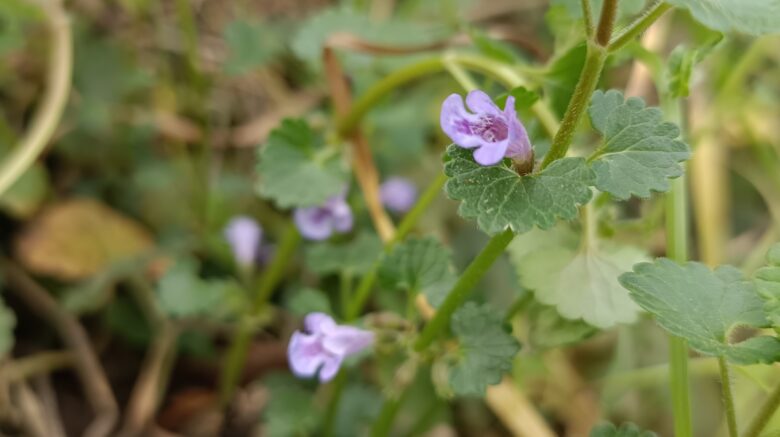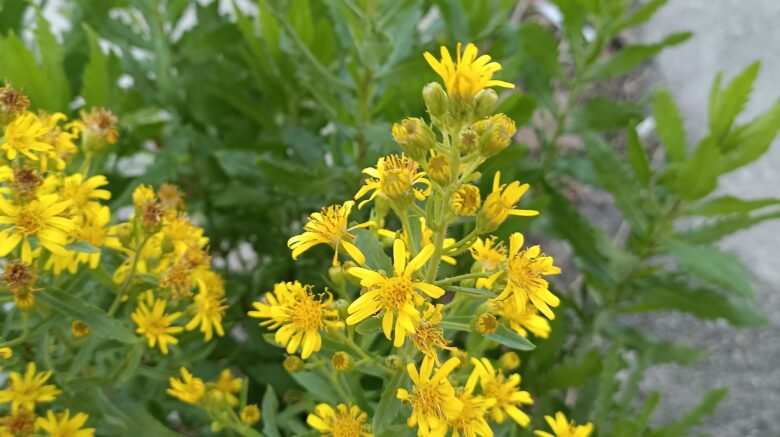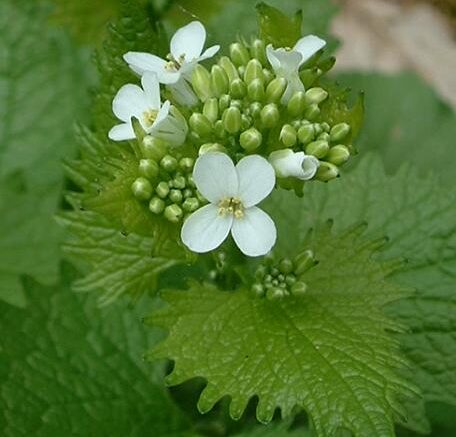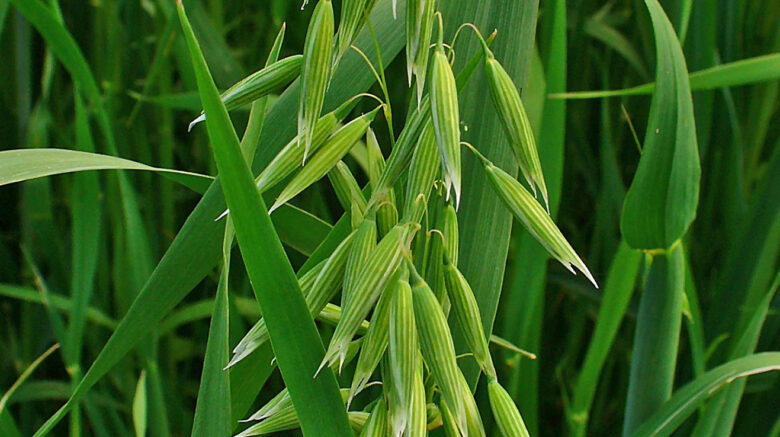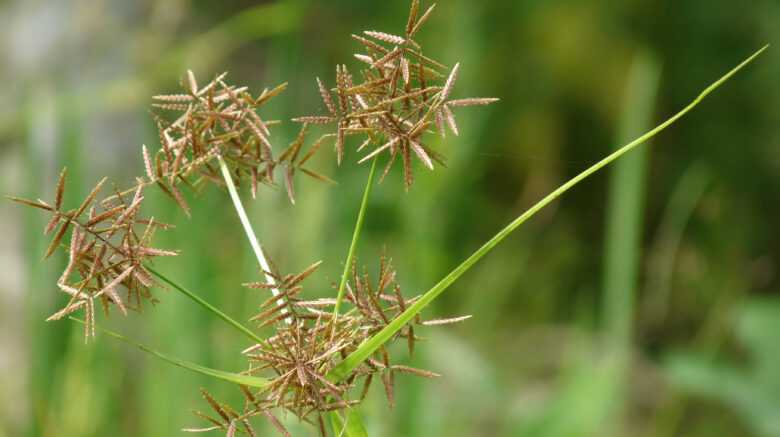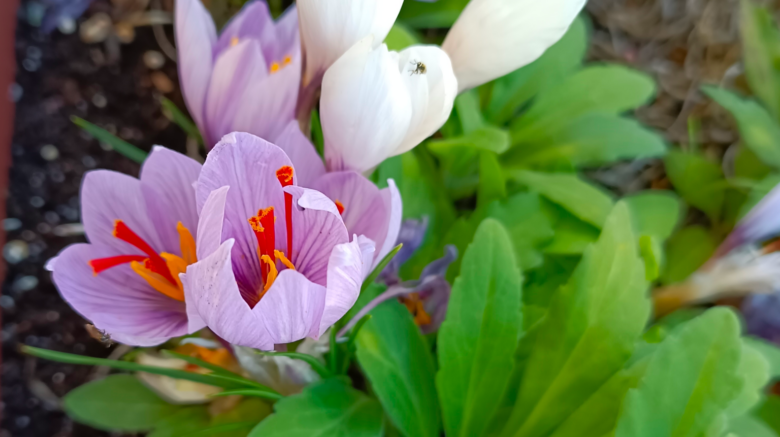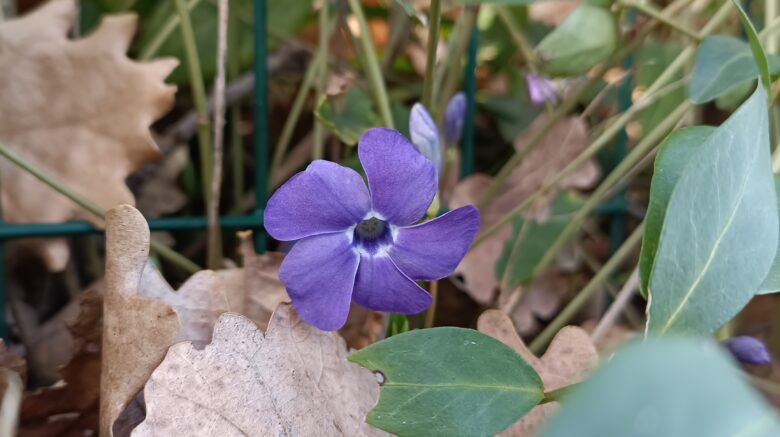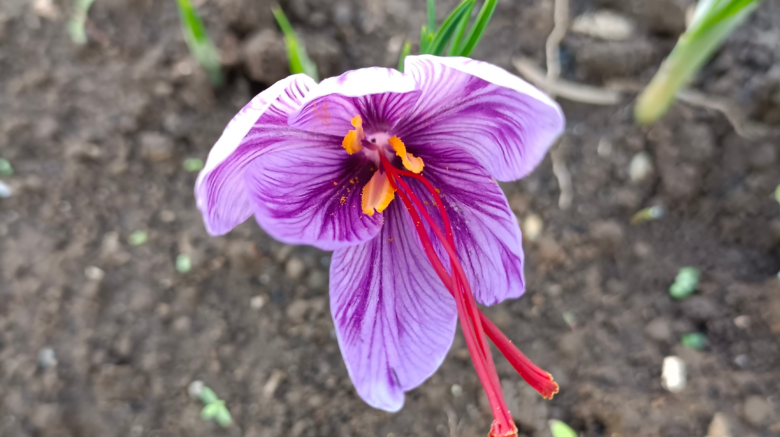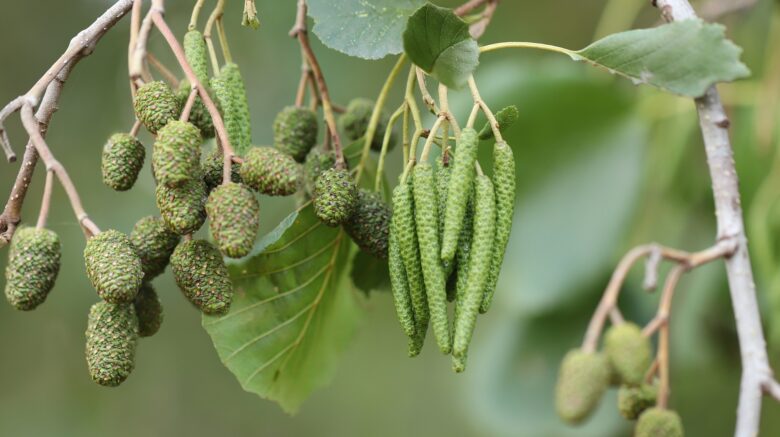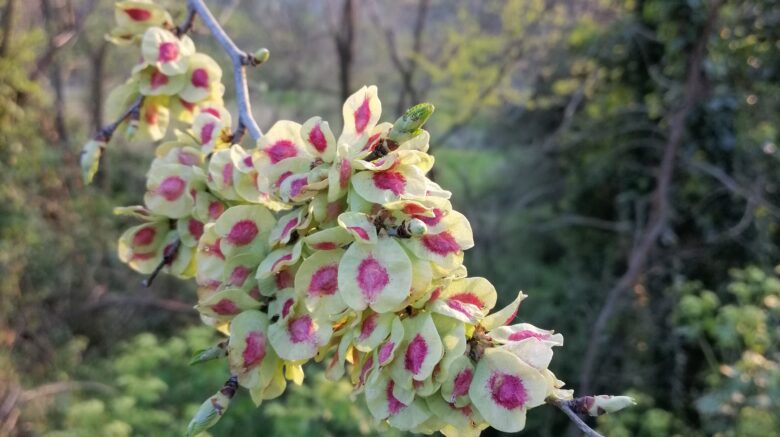Glechoma L. – Genus Order: Lamiales BromheadFamily: Lamiaceae MartinovSubfamily: Nepetoideae (APG IV)Tribe: MentheaeSubtribe: Nepetinae (APG IV) Botanical notes The Glechoma L. genus includes, at present, seven accepted species: Glechoma biondiana (Diels) C.Y.Wu & C.Chen, Glechoma grandis (A.Gray) Kuprian., Glechoma hederacea L., Glechoma hirsuta Waldst. & Kit., Glechoma longituba (Nakai) Kuprian., Glechoma × pannonica Borbás, Glechoma sardoa (Bég.) …
Glechoma L. – Monograph
